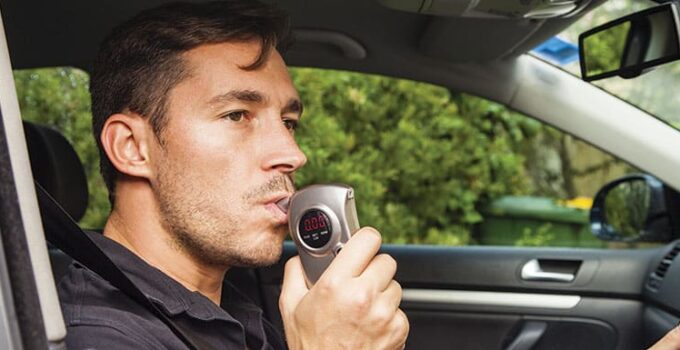The breathalyzer – a term coined by joining the words ‘breath’ and ‘analyzer’ – is one of those ubiquitous devices that most people know about, but seldom fully understand. On the surface, the concept is quite simple; you blow into the device, it calculates your blood alcohol content (BAC), and presents a result. However, there is much more to this nifty gadget than meets the eye. Developed originally in the mid-20th century, they have played a pivotal role in enforcing drinking and driving laws, promoting public safety, and even managing personal health and well-being.
How Breathalyzers Work
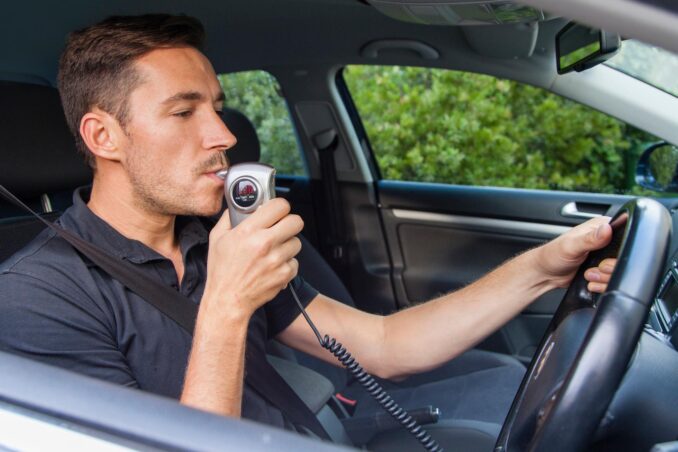
Source: newatlas.com
To comprehend the inner workings of a breathalyzer, it’s crucial to understand the relationship between breath and blood. When you consume alcohol, it travels from your stomach into your bloodstream. Some of it then evaporates into your lungs as you breathe, creating a correlation between the alcohol concentration in your breath and blood. It’s this principle that these devices are based on.
The moment you exhale into a breathalyzer, your breath comes into contact with the device’s sensors. Depending on the type of the device (we’ll explore this later), different scientific methods are used to detect and quantify the alcohol present in your breath. Ultimately, the device translates the alcohol concentration from your breath into a corresponding BAC reading.
It’s worth noting, though, that while breathalyzers are ingeniously designed, they don’t measure BAC directly. Rather, they provide an estimation based on your breath. This estimation can be influenced by several factors, leading to potential inaccuracies—a topic we’ll delve into later in this guide.
Types of Breathalyzers
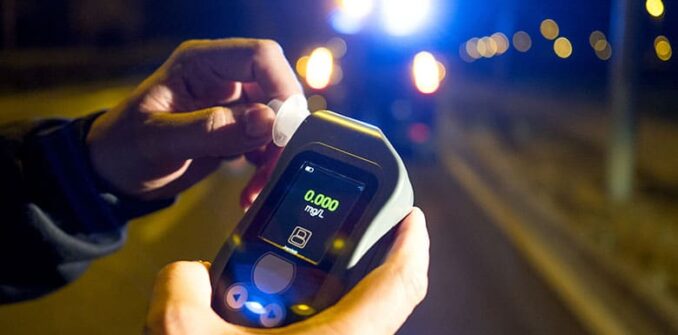
Source: columbuscriminalattorney.com
They come in a variety of types, each using a different method to detect alcohol. The three main types are semiconductor oxide, fuel cell, and infrared spectrophotometer breathalyzers. Each one has its unique set of advantages and disadvantages, making them suited to specific uses.
Semiconductor oxide devices are generally the cheapest and most portable of the three. They use an oxide sensor that reacts to alcohol, changing its electrical resistance. However, they’re also the least accurate and can react to substances other than alcohol, leading to false positives. This type of breathalyzer is commonly used by individuals for personal use.
Fuel cell breathalyzers, on the other hand, are more accurate and reliable. They use a chemical reaction involving alcohol and a catalyst to generate an electric current, which the device then measures. Because of their increased precision, they’re often used by law enforcement officers for roadside testing.
The third type, infrared spectrophotometer devices, are the most advanced and accurate. They analyze the way alcohol in your breath absorbs infrared light, using this data to determine your BAC. Due to their size and cost, these are usually found in police stations and labs.
Accuracy and Calibration
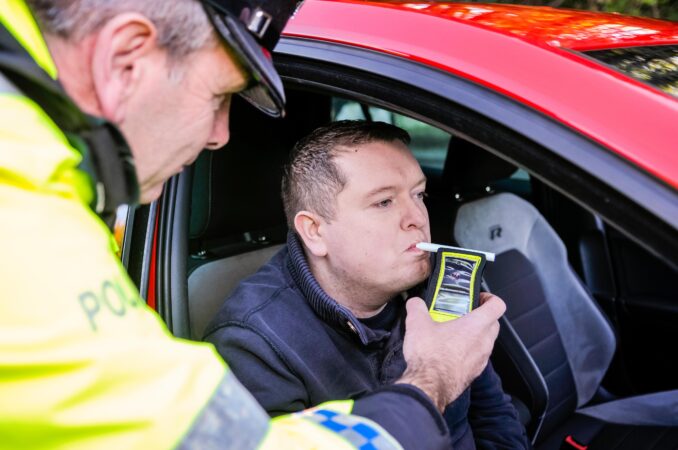
Source: beetsjr.com.br
Accuracy is one of the most crucial aspects of any measuring device, and breathalyzers are no exception. However, it’s important to understand that these devices can sometimes produce inaccurate readings. This inaccuracy can be due to various factors such as calibration issues, device quality, or even user errors.
Breathalyzers, like all electronic devices, need regular calibration to maintain accuracy. Calibration is the process of adjusting the device’s readings to match a known standard or ‘control’ solution with a defined alcohol concentration. If a device isn’t properly calibrated, it can give skewed BAC results, potentially leading to false positives or negatives.
Legal Implications of Breathalyzer Testing
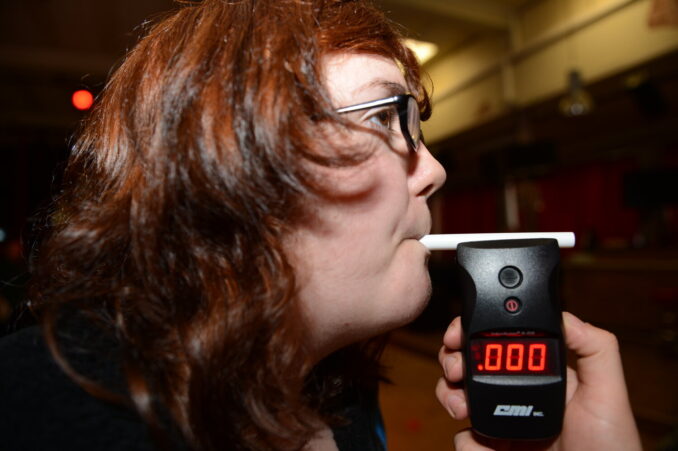
Source: abq.news
The legal implications of breathalyzer tests are profound, particularly in the context of driving under the influence (DUI) laws. Results often form the crux of DUI cases, providing quantifiable evidence of a driver’s BAC level at the time of testing. In most jurisdictions, a BAC reading of 0.08% or higher is deemed illegal.
However, the legal use of breathalyzers isn’t without controversy. Critics often point to the potential inaccuracies of these readings as a significant issue. A faulty or improperly calibrated device can result in unjust DUI charges and convictions.
Furthermore, the use of breathalyzers is governed by certain legal procedures and rights. For instance, law enforcement officers typically need reasonable suspicion of impairment to administer a test during a traffic stop. Refusing a test can also have legal consequences, often resulting in automatic license suspension in many regions.
Proper Usage and Maintenance of Breathalyzers
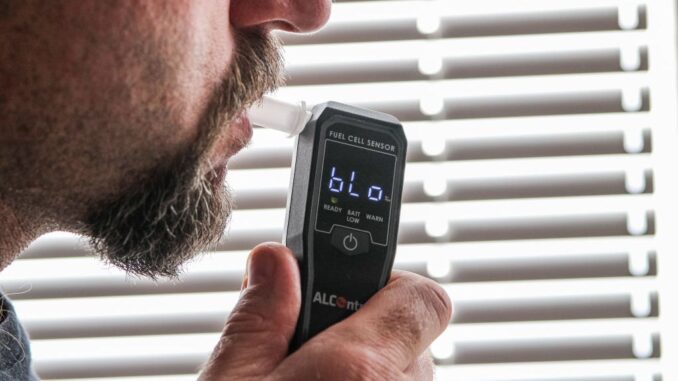
Source: thedrive.com
Ensuring accurate readings is not just about the device itself; it also heavily relies on its correct usage and proper maintenance. For starters, users should always follow the manufacturer’s instructions on using the device. This includes waiting an appropriate amount of time after the last drink (usually 15-20 minutes) to avoid inflated BAC results due to residual mouth alcohol.
In terms of maintenance, regular calibration is a must, as previously discussed. Beyond that, breathalyzers should be stored in a dry and cool environment to prevent any damage to their sensitive components. Moreover, the use of mouthpieces or disposable breath tubes can help prevent contamination of the breathalyzer sensor.
Choosing the Right Breathalyzer for Your Needs
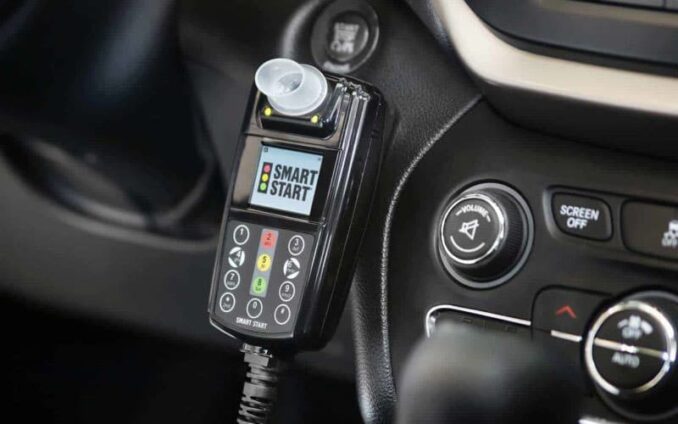
Source: hwrhsgeneralconsensus.com
The process of choosing the right breathalyzer for your needs hinges on understanding the different types of devices and identifying your specific requirements. If you’re an individual looking to monitor your own alcohol consumption, a semiconductor oxide breathalyzer may suffice due to its affordability and portability.
However, if you’re a business owner looking to enforce alcohol policies in your workplace, or a law enforcement officer needing a reliable device for roadside testing, a fuel cell breathalyzer is more suitable due to its higher accuracy.
For professional applications where utmost precision is needed, such as in laboratories or police stations, infrared spectrophotometer breathalyzers are the gold standard.
Ultimately, choosing the right breathalyzer is a balance between cost, accuracy, portability, and the specific application at hand. Regardless of your choice, always remember the importance of correct usage and maintenance to ensure reliable BAC readings.
Final Words
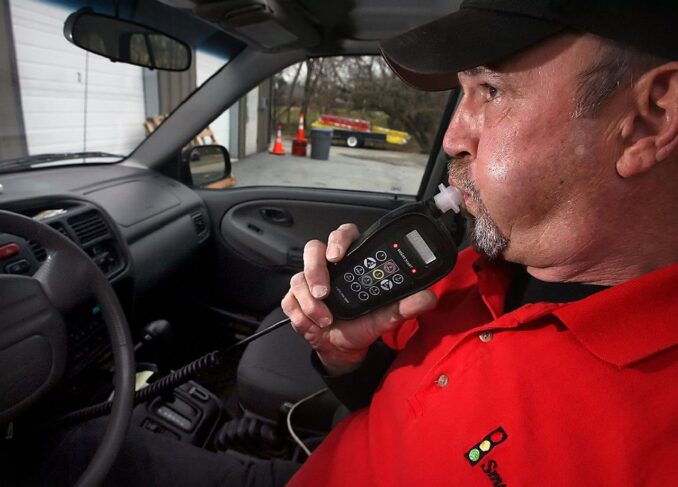
Source: nj.com
Breathalyzers are much more than simple alcohol-detecting gadgets. They are intricate devices that rest on sophisticated scientific principles and play a crucial role in various aspects of society, from enforcing laws to promoting personal health. By demystifying breathalyzers, we hope to encourage a more informed and responsible approach toward alcohol consumption and testing.


